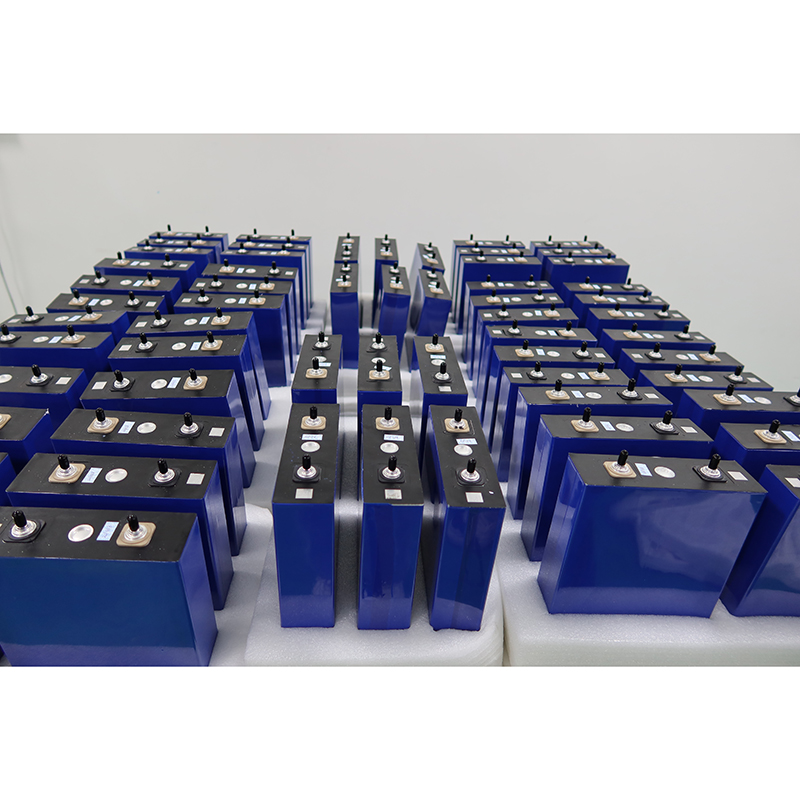Lithium iron phosphate battery (LiFePO4), also known as LFP battery, is a rechargeable lithium ion chemical battery. They consist of a lithium iron phosphate cathode and a carbon anode. LiFePO4 batteries are known for their high energy density, long life and excellent thermal stability. Growth in the LFP market is driven by strong demand for battery-powered material handling equipment. The transition from conventional power generation to renewable energy generation has opened up a wide range of opportunities for the lithium iron phosphate battery market. However, the risks associated with the disposal of used lithium batteries have hampered the growth of the market in recent years and are expected to hold back the growth of the market during the forecast period.
Based on capacity, the lithium iron phosphate battery market is divided into 0-16,250mAh, 16,251-50,000mAh, 50,001-100,000mAh, and 100,001-540,000mAh. 50,001-100,000 mAh batteries are expected to grow at the highest CAGR over the forecast period. These batteries are used in industries requiring high power. Key applications include electric vehicles, plug-in hybrid vehicles, uninterruptible power supplies, wind energy storage, electric robots, electric lawn mowers, solar energy storage, vacuum cleaners, golf carts, telecommunications, marine, defense, mobile and outdoor applications. Battery types used for these high power applications include lithium iron phosphate, lithium manganate, lithium titanate, and nickel manganese cobalt, some of which are manufactured in modular form. In addition to modular forms, other forms include polymers, prismatics, energy storage systems, and rechargeable batteries.

The report divides the lithium iron phosphate battery market into three segments based on voltage: low voltage (below 12V), medium voltage (12-36V) and high voltage (above 36V). The high voltage segment is expected to be the largest segment during the forecast period. These high voltage batteries are used to power heavy duty electric vehicles, industrial applications, backup power, hybrid electric vehicles, energy storage systems, emergency power systems, microgrids, yachts, military and marine applications. Batteries cannot be made from a single cell, so a module is required, sometimes a series of modules, power racks, power containers, etc. These systems can be made using lithium manganese oxide, lithium iron phosphate, nickel manganese cobalt, and lithium titanium oxide. An increased focus on sustainability and the subsequent introduction of electric vehicles is expected to influence the adoption of these batteries, thereby increasing demand.
The Asia-Pacific region is expected to become the largest market for lithium iron phosphate batteries during the forecast period. The Asia-Pacific region includes major economies such as China, India, Japan, South Korea and other Asia-Pacific regions. Lithium iron phosphate has great potential in many applications. In recent years, the region has become the center of the automotive industry. Recent infrastructure development and industrialization activities in emerging economies have opened up new avenues and opportunities for OEMs. In addition, the increase in the purchasing power of the population stimulates the demand for cars, which will be the driving force behind the growth of the lithium iron phosphate battery market. The Asia-Pacific region has a significant presence in the lithium-ion battery industry both in terms of battery production and demand. Various countries, especially China, South Korea, and Japan, are major producers of lithium-ion batteries. These countries have a well-established battery industry with large manufacturing facilities operated by companies The batteries they produce are used in a variety of applications including electric vehicles, consumer electronics and energy storage systems.
Post time: Jul-28-2023









